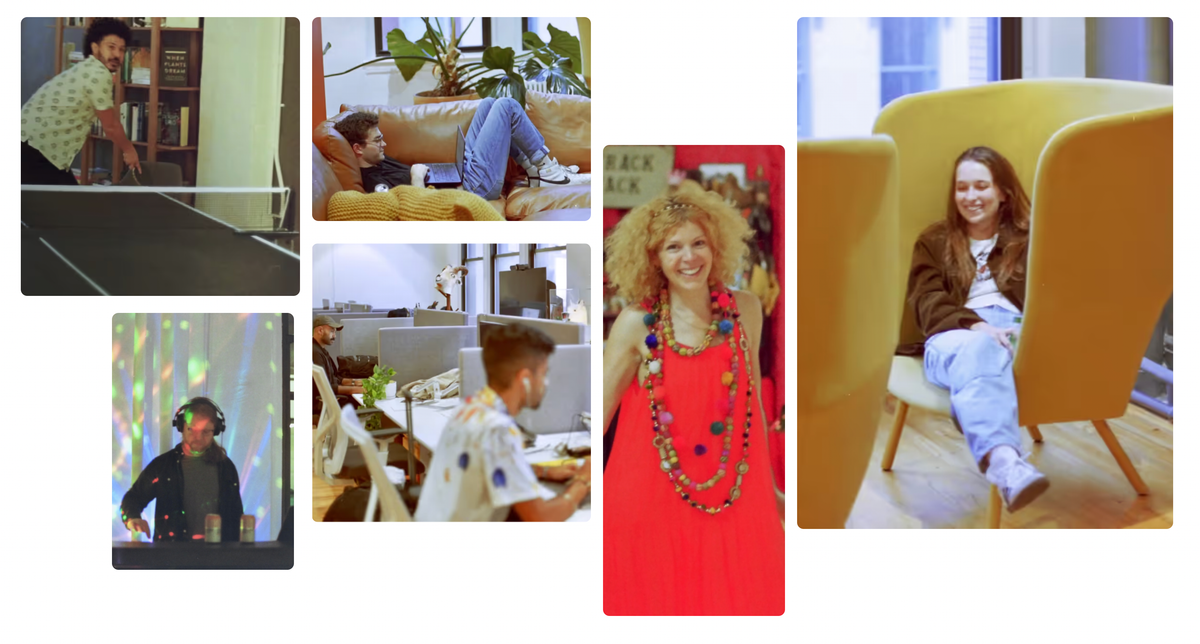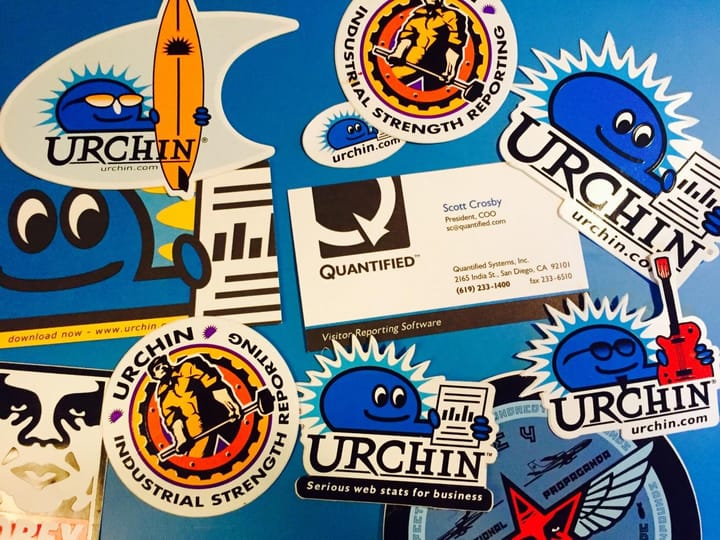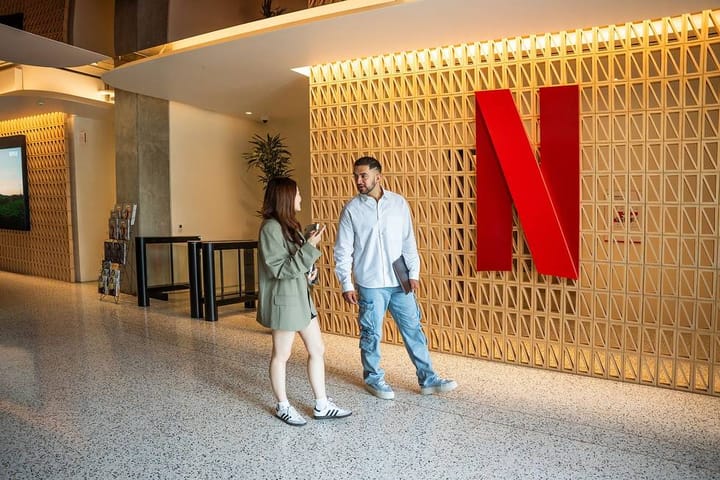Week 34. Lessons in non-attachment, communities. Patterns in feedback loops.
The world’s moving too fast, so I summed it up for you. Let’s go!
Clay published its operating principles
I'm always interested by how other companies operate; it's kind of an inside look that often inspires me. One of their core principles is non-attached action, a Buddhist concept I didn't know about:
Non-attachment to the outcome simply means that you do your best, moving from a place of clear intention, without attachment to the outcome.
Applied to product or growth, it's particularly insightful since we often get too attached to our own beliefs. With that in mind, whatever happens in your next iteration should be more impactful to the group of people you work with, simply because you will keep your ego aside.
Non-attachment also makes it easier to get started because you don't feel a pressure of being "right." You can just move quickly, learn, and adapt. If you need to change direction or course correct, you're also able to do it with less emotional drag since your energy isn't caught up in proving something to be right.
Read Kareem Amin post on LinkedIn (Clay Co-founder & CEO)
70 slides on building communities
Slides that read fast as the design and copy are pixel perfect 🤌 The web is so saturated so it's harder than even (but easier than tomorrow) to launch communities that make sense.
Areej shared her experience building Women in tech SEO, and having taken part in this community, I can say what’s been done is impressive.
Something I hadn’t seen so clearly before is: choose your platform after you’ve found your why and your culture. Once you have those answers, picking a platform is simple (budget, features, etc.). That clicked for me.
Another valuable point: join communities before creating your own.
A bit more of Granola if you may
If you read last week's edition, you probably understood that I'm a fan of Granola. I watched Chris Pedregal product talk and when doing further searches, I found an interesting interview with Chris and Peter Yang.
When asked: "How did you build feedback loops to ensure you pick the right use case?" his answer really stuck because I've read the same thing about Tally (another startup I'm a fan of!).
We ran a closed beta for a year, starting with just three users and growing to about a hundred people we were building with. Once you put the product in front of real people, it becomes obvious what basic things you need to do for them to trust AI to take their notes. The beta was focused on getting continuous feedback rather than mapping too far into the future.
Interesting pattern. I'm deeply convinced it's key to talk to a small group of users whether early-stage or when it comes to launching a new feature (I say this thinking about our own challenge at Pictarine: driving feature adoption on the photo editor).
🍿Snacks
- Lovable now generate automatic SEO optimisations. The idea is interesting since it helps with the basics. Read about the feature
- Talking about communities, Sr Global Social Media Manager Zaria Parvez quit Duolingo. At the time she joined, the brand had 35K TikTok followers. Now 16M! And it was Zaria’s first job out of college! Listen at her interview with Rachel Karten
See you next week,
Alice




Comments ()